What are the most common causes of glass cracking during shipping, and how can I prevent them?
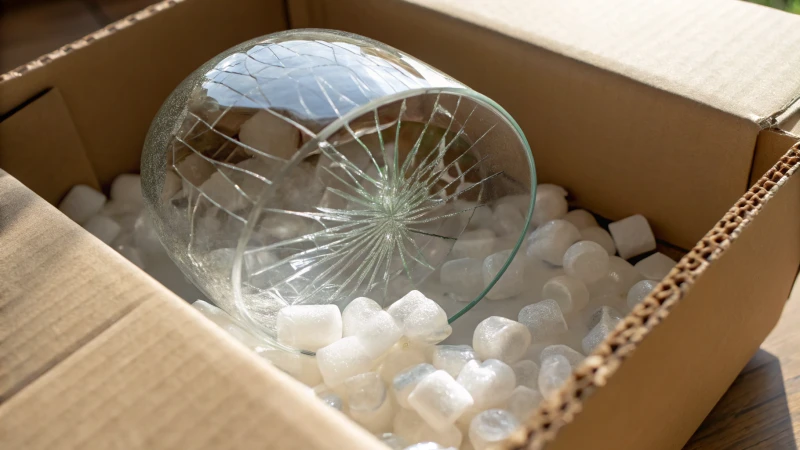
Shipping glass products can lead to breakage due to various factors such as inadequate packaging, temperature changes, and mishandling. To prevent these issues, it’s essential to use sturdy packaging materials like bubble wrap and foam inserts that cushion the glass effectively. Additionally, selecting high-quality glass types like borosilicate can enhance durability against thermal shock. Implementing insulation techniques and ensuring proper load distribution during transport are crucial for minimizing risks. Collaborating with reliable shippers who understand the fragility of glass items further reduces the chances of damage. By adopting these expert strategies, businesses can significantly decrease breakage rates and ensure their products arrive safely at their destination.
What quality control tests should I conduct to ensure the integrity of glass perfume bottles?
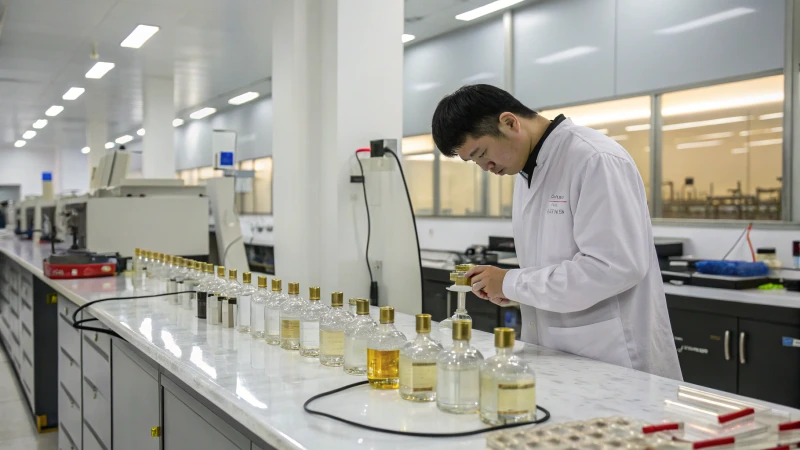
Ensuring the integrity of glass perfume bottles involves advanced quality control methods. Key techniques include ultrasonic testing to detect hidden cracks, thorough checks on material composition, and simulated transport pressure tests. These practices help maintain durability and meet industry standards for safe transportation and storage. Understanding the differences between glass types—like soda-lime versus borosilicate—and the importance of inner coatings can further enhance product quality. By implementing these rigorous testing methods, brands can safeguard their fragrances against potential damage during transit and ensure customer satisfaction with every delivery.
What technological advancements are being made in the production of glass containers for cosmetics?
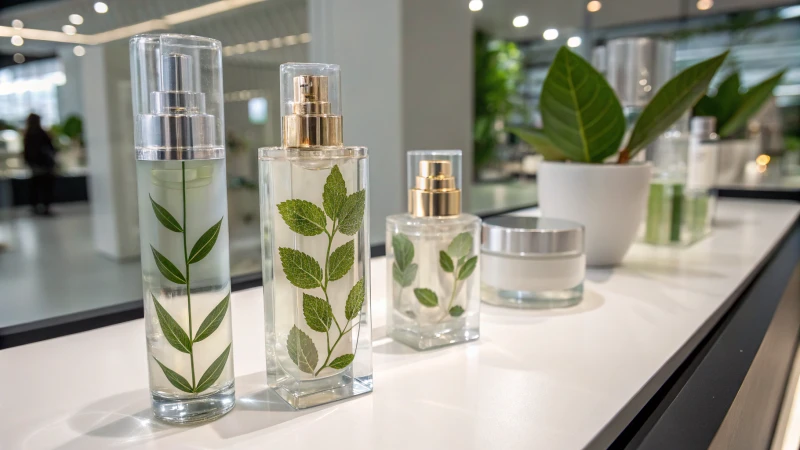
Recent advancements in glass container production for cosmetics focus on enhancing durability and sustainability. Innovations like nanotechnology coatings improve scratch resistance and self-cleaning properties, while chemical recycling promotes true renewability. Temperature-controlled packaging preserves the quality of sensitive ingredients, ensuring product efficacy. Additionally, emerging alternatives such as biodegradable plastics and composite materials are reshaping the industry by offering lightweight and eco-friendly options. These technological developments not only meet consumer expectations but also align with global sustainability goals, making them essential for brands aiming to maintain a competitive edge in the market.
How can cosmetic glass containers be made air-tight for fragrance preservation?
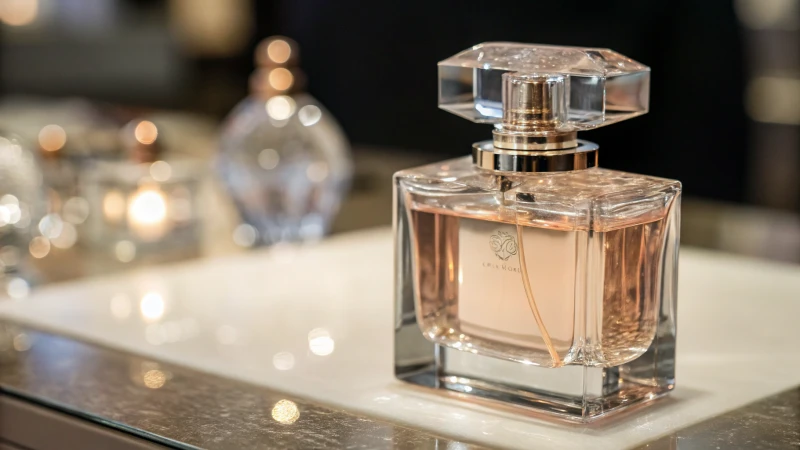
This article explores how airtight seals in cosmetic glass containers are essential for fragrance preservation. It discusses the impact of microscopic defects on sealing efficacy, the importance of material compatibility between caps and bottles, and innovative filling technologies such as vacuum and inert gas filling. By employing advanced scanning techniques to detect flaws and using high-performance plastics for caps, manufacturers can enhance product longevity. Additionally, smart packaging solutions with IoT sensors monitor storage conditions to ensure optimal fragrance retention. These advancements not only improve quality control but also cater to sustainability concerns in the cosmetics industry.
What are the trends in personalized mold design for luxury fragrance packaging?
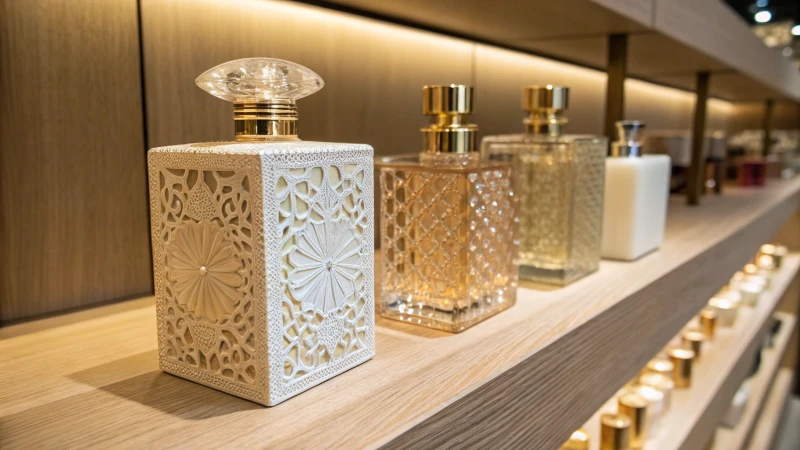
The trends in personalized mold design for luxury fragrance packaging highlight the use of advanced technologies like micro molding and laser engraving to create intricate designs. Sustainability is also a key focus, with eco-friendly materials being integrated into the production process. Multi-material designs are gaining traction, allowing for enhanced product functionality and reduced waste. Custom molds require careful consideration of costs related to initial investment, material selection, and production efficiency. By balancing these elements, manufacturers can achieve high-quality packaging that meets both luxury standards and environmental expectations.
What impact do impurities in glass materials have on cosmetic products?
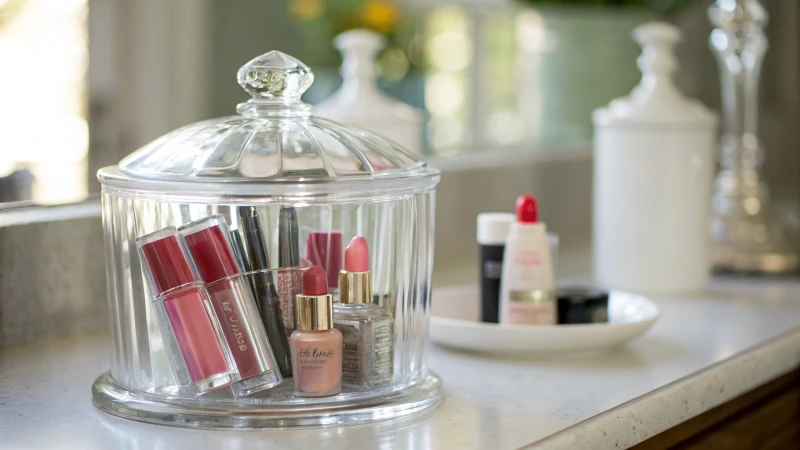
Impurities in glass materials can significantly impact cosmetic products by introducing harmful contaminants like heavy metals and organic residues. These impurities may lead to skin irritations, allergic reactions, and changes in product quality, including color and fragrance alterations. To mitigate these risks, brands must prioritize sourcing from certified suppliers who conduct thorough contaminant testing. Regular quality control checks are crucial to ensure the integrity of glass packaging. By understanding the potential dangers posed by impurities in glass containers, consumers can make informed choices about the products they use on their skin. This article explores the importance of maintaining high standards in glass packaging to protect both product safety and consumer trust.


